A killdeer (Charadrius vociferus) looks for grub in the dying rays of the sun, Monday, April 19, 2010. © BCP 2010
I got a special treat this week — saw a pair of killdeers at the beach. In all my years of walking around our Beach neighbourhood, and more particularly Ashbridge’s Bay Park, I have never seen or heard a killdeer. At the Leslie St. Spit, that’s a different story. There I often hear their highly distinctive and identifying call, even if I don’t get to see one.
So it was with rare delight that I first heard — then actually saw — a pair of killdeers (Charadrius vociferus) running along the rocky shore by the main footpath. With a rare evening free, I had dashed out to catch the last of the day just before the sun set (at an astonishing 8:59 on Monday night!) I didn’t have much time, so was doubly pleased when I came across the killdeers. It was the reward I got for making the effort to haul out the camera gear and go.
As you can see from the gold light in the picture above, it was already past 8:30 p.m. and the sun was moments away from dipping behind the horizon (in this case, the buildings and boats of the Ashbridge’s Bay Yacht Club.) I had just enough light to capture this image. In order to get any picture at all, I had to crank up the ISO in my ancient camera, which is why the picture is so grainy, but I felt it was worth sharing anyway.
Here’s to making the effort!
© BCP 2010


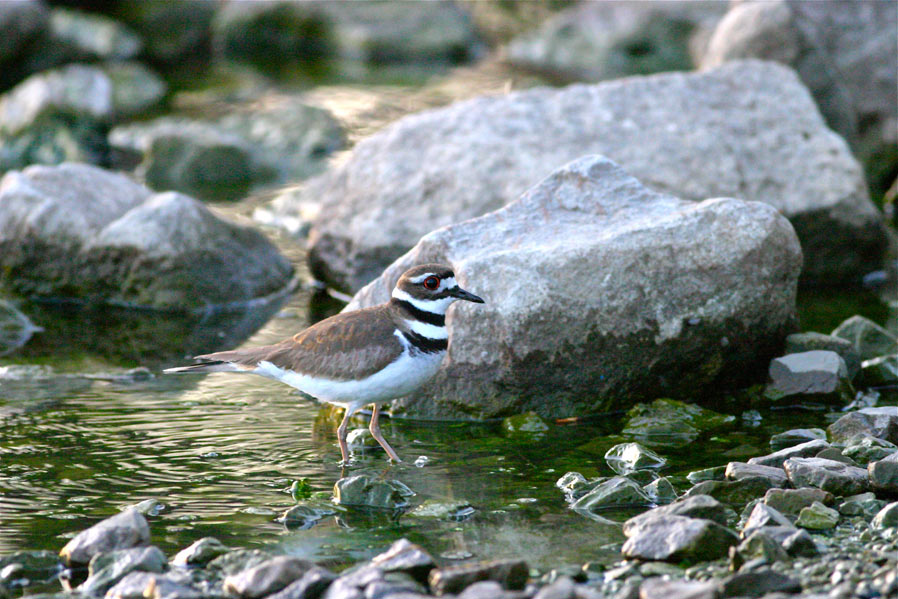
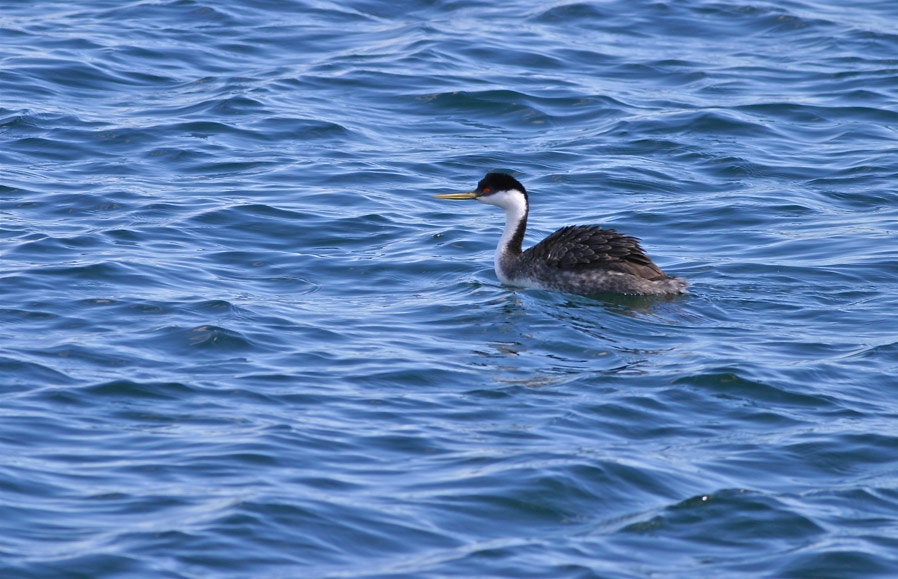
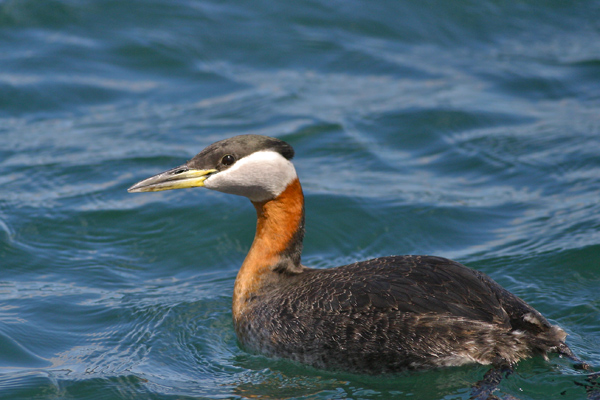
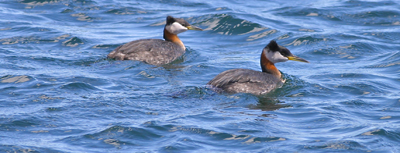
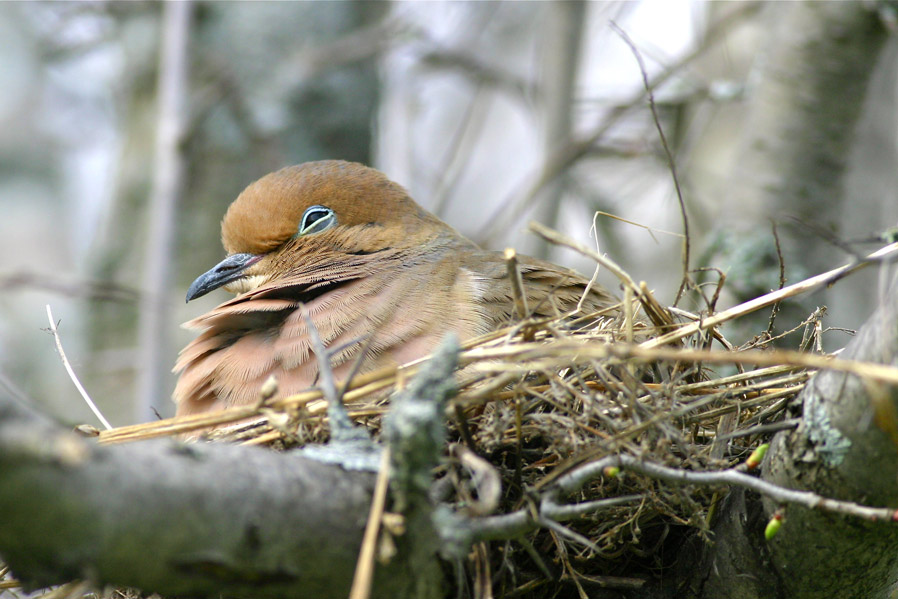
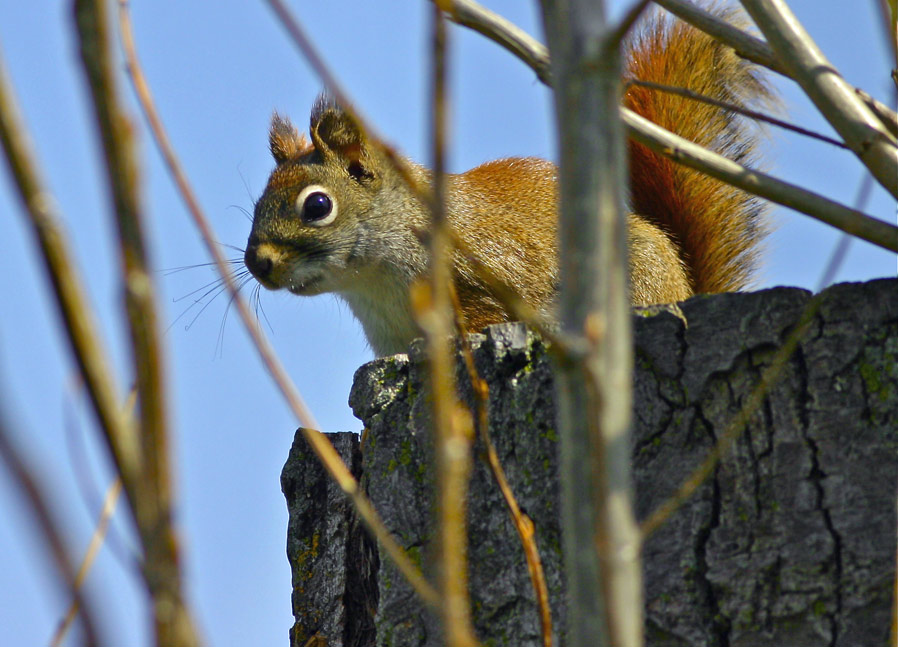
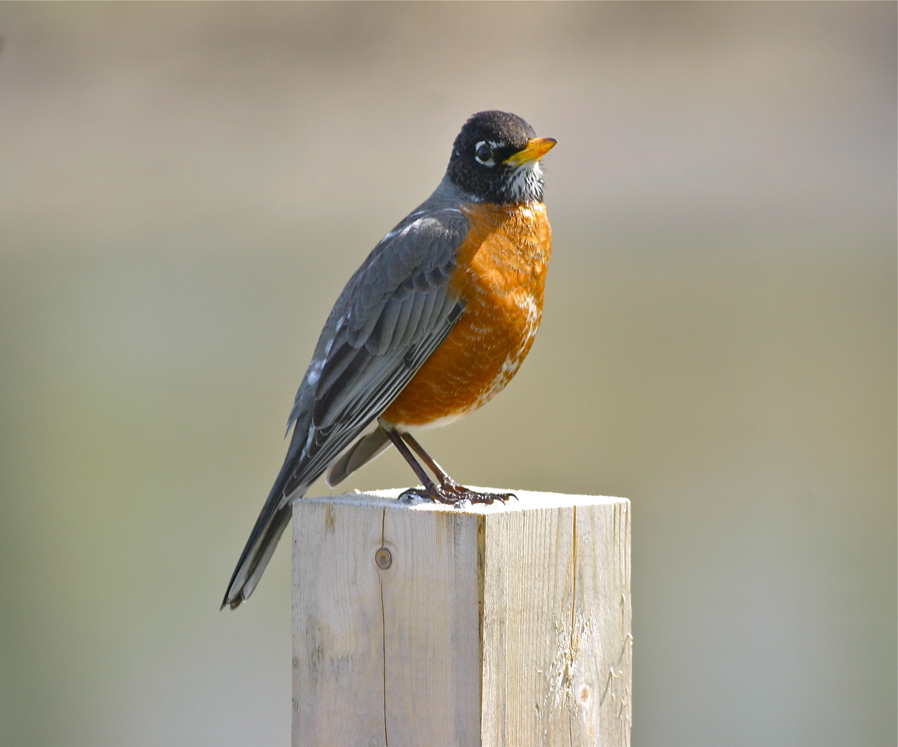

1 comment